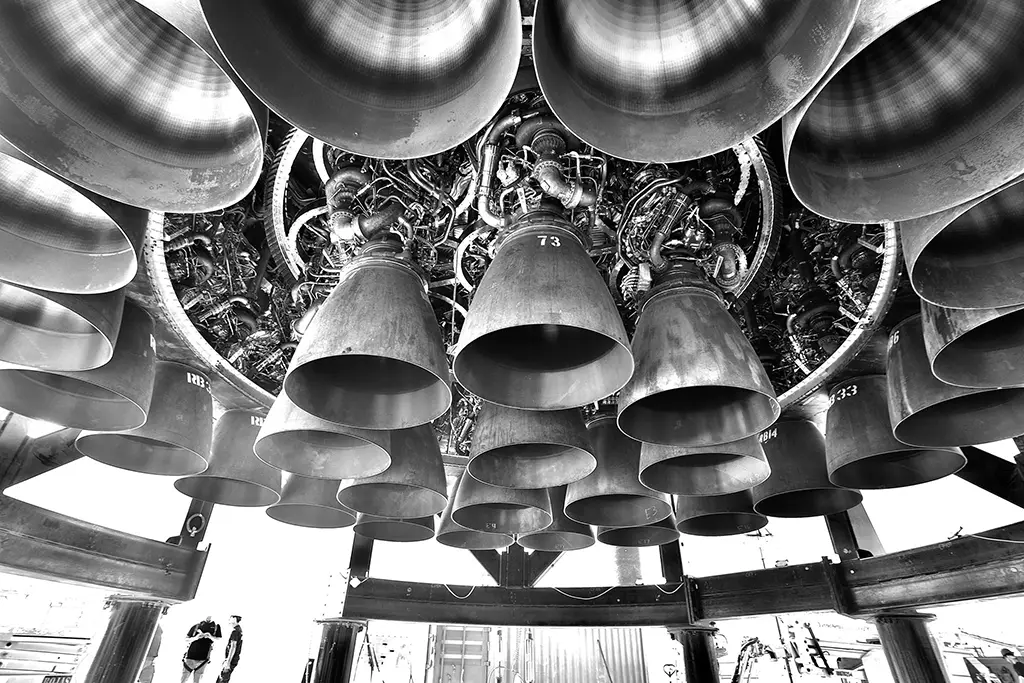Elon Musk has finally talked about the first Starship orbital flight test schedule. The CEO of SpaceX is optimistic that the first flight of Starship 20 will happen in January 2022. The company has prepared Starship 20 (SN20) and the Super Heavy Booster 4 prototypes for this mission.
Musk was addressing the virtual meeting of the Space Studies Board (SSB) and Board on Physics and Astronomy (BPA) meeting arranged by The National Academies of Sciences, Engineering, and Medicine yesterday.
This possible timeline of the first Starship launch to the low Earth orbit (LEO) came after the Federal Aviation Administration (FAA) completed 1 of 5 of the review and permitting processes. FAA estimates the completion of its 6 months 10 days long environmental review and permitting processes to finish by Dec 31st, 2021 (Source: FAA project status page).
“So what we’re aiming to develop with Starship is a generalized means of transporting large amounts of mass or people but in general, large amounts of mass anywhere in the solar system. If you can have a fully rapidly reusable orbital rocket, then the cost of transport of a ton to orbit drops by two orders of magnitude, maybe better,” Elon Musk said in his opening remarks of the meeting.
The success of the reusability of the Falcon 9 rocket has driven down the cost of launching satellites to LEO. If the Super Heavy rocket reusability is a success, the cost of sending humans to the Moon, Mars, and beyond will go down several times.
“The vehicle is very big, so one of the things that help with reusability is scale. For example, the electronics that control the brain of the vehicle does not get any heavier, if it’s a big vehicle or a small vehicle. So things like avionics that control inertial measurement, sensors, and whatnot — become round down to basically almost no percentage of the mass of the big vehicle. Whereas for a small vehicle (a spaceship), obviously, that would be much more of an issue,” Musk explained.

Musk also said further in his presentation that the Raptor engines used in Starship and Super Heavy has the most advanced engine cycle which from a Physics standpoint is the best, “you can extract the most amount of momentum for a given amount of fuel or propellant,” he said.
The current version of the Super Heavy rocket is the Booster 4 prototype that will be used with Starship 20 mounted on it for the first orbital flight test. Booster 4 has currently 29 Raptor engines installed at its base, the count of which according to Musk will be expanded to 33 Raptors before launch. These 33 Raptor engines will produce 12 million pounds of thrust at liftoff — which is about 2.2 to 2.3 times more than the thrust of the mighty Saturn V.
“The first orbital flight we’re hoping to do in January (2022),” Musk shared the most probable time of the first Starship orbital launch using the SN20 + Booster 4 prototypes.
According to Elon Musk’s comments in the presentation, the orbital launch pad and the launch tower at Starbase will be completed later this month. This will be followed by some tests in December and hopefully, the orbital launch of Starship will be happening in January.
Previously, however, a NASA document revealed that the national space agency will be monitoring the thermal burn of Starship on its re-entry to the Earth’s atmosphere sometime in March. But this must have been rescheduled as Musk has given the January 2022 timeline.
One more interesting thing about this online meeting, Elon Musk’s youngest son X Æ A-12 also joined him in the initial minutes of the presentation and amazed us with his cuteness.
Stay tuned for future updates on Starship and SpaceX, Follow us on:
Google News | X (Twitter) | Flipboard | WhatsApp Channel | RSS (Feedly).


